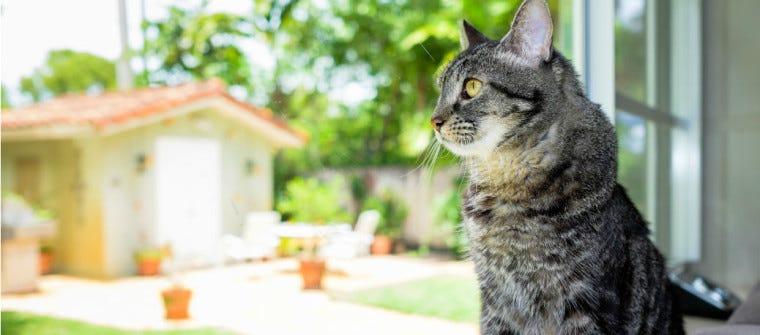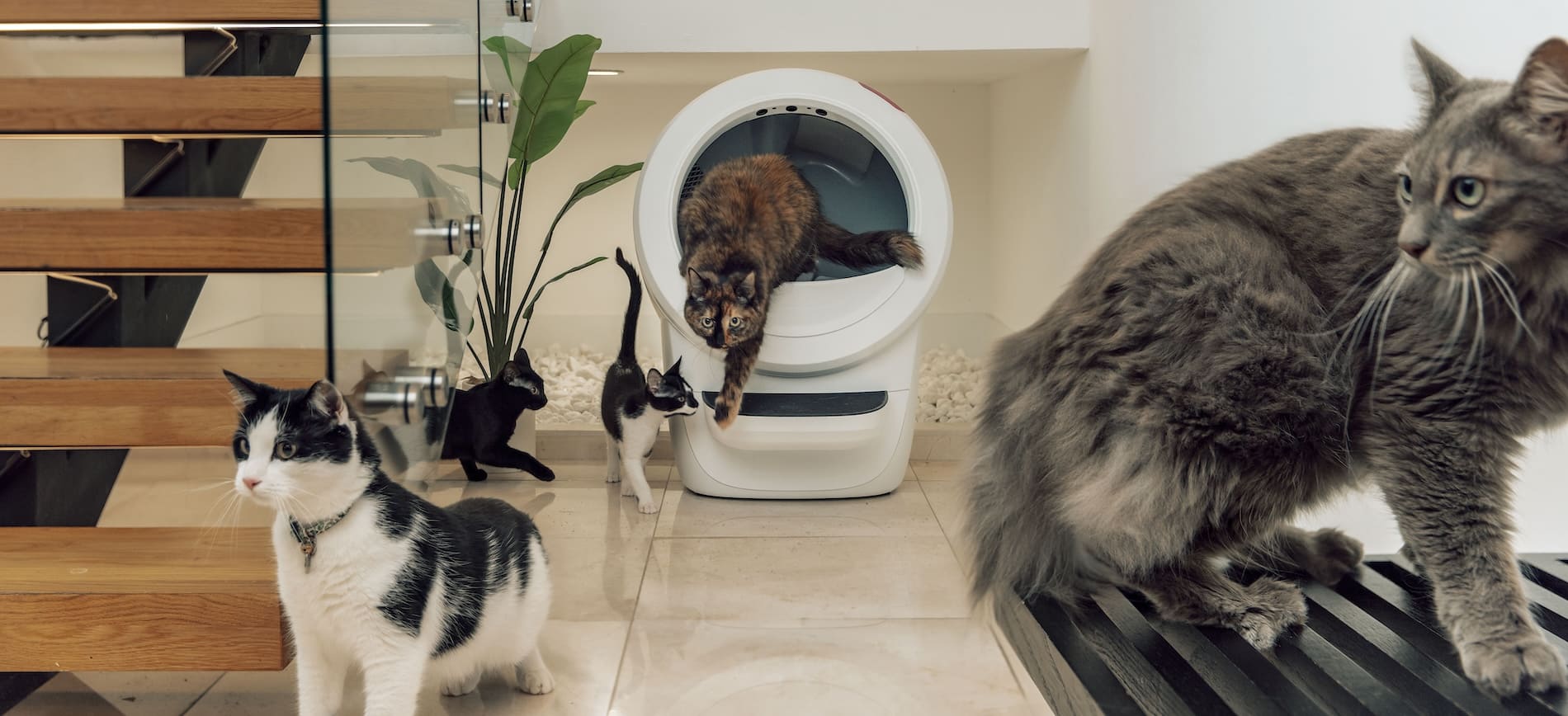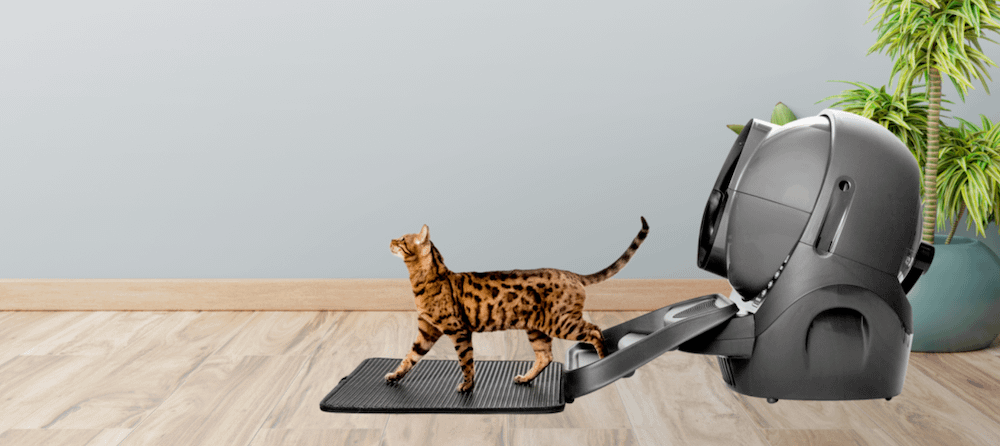It is just as important to keep your pet safe during a fire as it is to keep your home safe so your pet doesn’t accidentally start a fire.
An estimated 500,000 pets are affected by house fires each year and about 40,000 of those pets perish, according to the National Fire Protection Association. Not many pet parents realize that their pet can be responsible for the fire, but about 1,000 pets each year accidentally start house fires.
In 2008, the American Kennel Club (AKC) and ADT began marking July 15th as National Pet Fire Safety Day to remind the millions of pet lovers out there how to safeguard their homes, families, and pets from fire. Simple preventative measures can mean the difference between life and death for your four-legged friends.
We all feel like it won't happen to us, but statistics demonstrate devastating fires do happen to many of us each year. Use these tips to plan for the worst, and learn more about how to make a disaster preparedness plan for your pets.
Be Vigilant
Check your smoke alarms.
Start by checking that the batteries in your smoke alarms are working and that your smoke alarms are optimally placed. Test each detector once per month.
Install smoke alarms in each bedroom, outside every sleeping area, and on every level of your home, including the basement. Install smoke alarms in living/family rooms, dens, and the top and bottom of stairways. Make sure your smoke alarms are installed at least 10 feet from cooking appliances to reduce annoying false alarms.
Consider upgrading to monitored, interconnected smoke alarms.
If possible, buy interconnected smoke alarms that all beep when one of them senses flames or smoke. Research demonstrates interconnected alarms more reliably alert occupants to a fire. Even better, consider using smoke detectors that are monitored by a company that can notify emergency responders of a fire when you’re not home. After all, your pet can’t escape a house fire alone.
Extinguish open flames.
Pets are curious and may investigate cooking appliances, candles, or the fire in your fireplace. Place a sturdy screen in front of your fireplace, don’t leave your pet unattended when any of these items are in use, and make sure to extinguish open flames before leaving home.
Remove or cover stove knobs.
Remove stove knobs or attach child-safety covers before leaving the house. According to the National Fire Protection Association, a stove or cooktop is the number one way your pet accidentally starts a fire.
Use flameless candles.
Invest in some flameless candles that use a light bulb rather than a flame. Candles are often knocked over by a pet's wagging tail or curious swat at the flickering flame.
Don’t use glass water bowls on wooden decks.
The sun’s rays are focused by the glass and water and can ignite the deck beneath. Use a stainless steel or ceramic bowl for your pet’s outdoor water bowl instead.
Confine young pets.
You never know what might seem intriguing, so prepare for the unexpected with young pets. Keep your kittens and puppies away from fire hazards while you’re away by setting up baby gates, closing doors, or placing your pet in an appropriately sized crate.
Be Prepared

Designate a pet buddy.
Designate one family member to be responsible for each pet. Make sure you know each pet’s hiding places. During a fire, your pets will be frightened and will hide to feel safe. The better you know where to search, the more time you’ll have to collect your pet and get out of the house safely.
Place a rescue sticker in your front window.
Since homeowners are typically away when fires occur, these stickers save pets' lives. They let fire crews know that you have pets inside the house, how many, and what kind. Make sure the number of pets listed is always up to date. If you successfully evacuate with all of your pets, notify firefighters so they're not searching for them. Rescue stickers can be found at pet stores or free from nonprofit animal organizations like the ASPCA.
Prepare an emergency kit.
The kit should contain some of your pet’s food, veterinary paperwork, medicine, and a recent photo and description of your pet. You may have to board your pet at a kennel until you get settled after a fire and they will require proof that your pet has current vaccinations. Pets often flee more quickly than their humans, but don't know where to return to because the family has left the burned house. You may need the photo and description to post a missing pet ad.
Keep leashes and carriers near exits, so you can restrain your pet.
In the urgency to collect your pet and run from your burning home, remember to restrain your pet on a leash or in a carrier. The sound, smell, and feeling of the fire will spook your pet and make it want to flee—making him or her very difficult to hold onto. Scared pets may escape your clutches and become difficult to find.
Leave your pet an exit.
If you must evacuate without your pet, leave a door open that leads to the outside. Once you're out of the house, call your pet's name. Alert firefighters to the potential your pet is still inside the house and search any common outdoor places your pet might already be hiding.
Be Proactive
Operationalize these tips.
Fire safety is a great example where a little planning and preparation can go a long way toward keeping you and your pets safe. Make sure things are where you expect them to be, that they work properly, and prepare human members of your household for what to do in case of a fire.
Practice your 2-minute escape plan.
Practice escaping from your home with all of your pets properly restrained and emergency kits in hand. Aim to escape in two minutes or less. Be sure to have a designated meeting place near your home where you can account for each person and pet.
After all of this, you're probably still thinking that it won't happen to you—not your home, not your pet, not you. I sincerely hope it doesn't happen to you, but the truth is, it can; don't let false hope leave you unprepared. The good thing is that you can control the likelihood of a fire and implement tools and practices to reduce the chance that it does. So be vigilant, be prepared, and take good care of your home and family.




